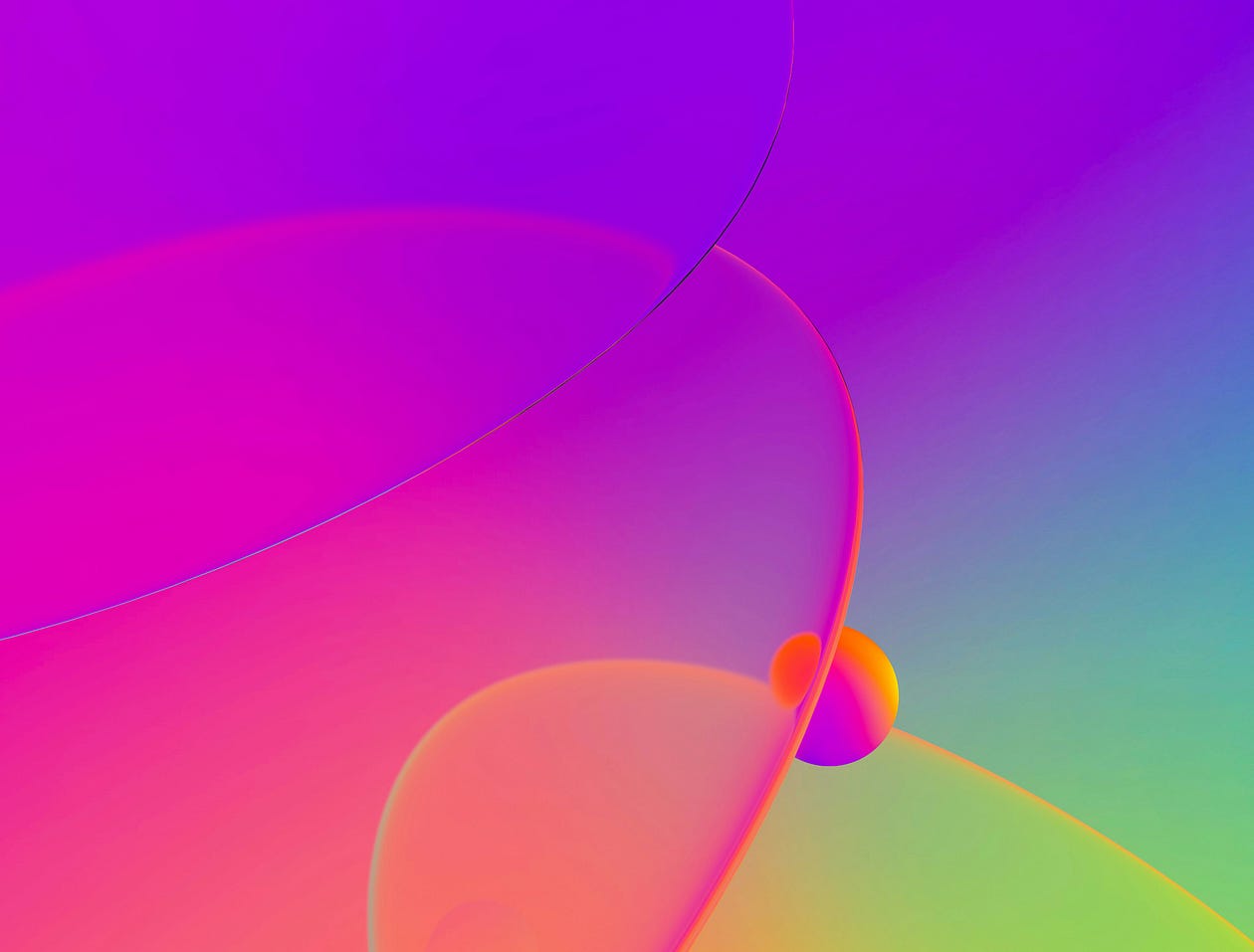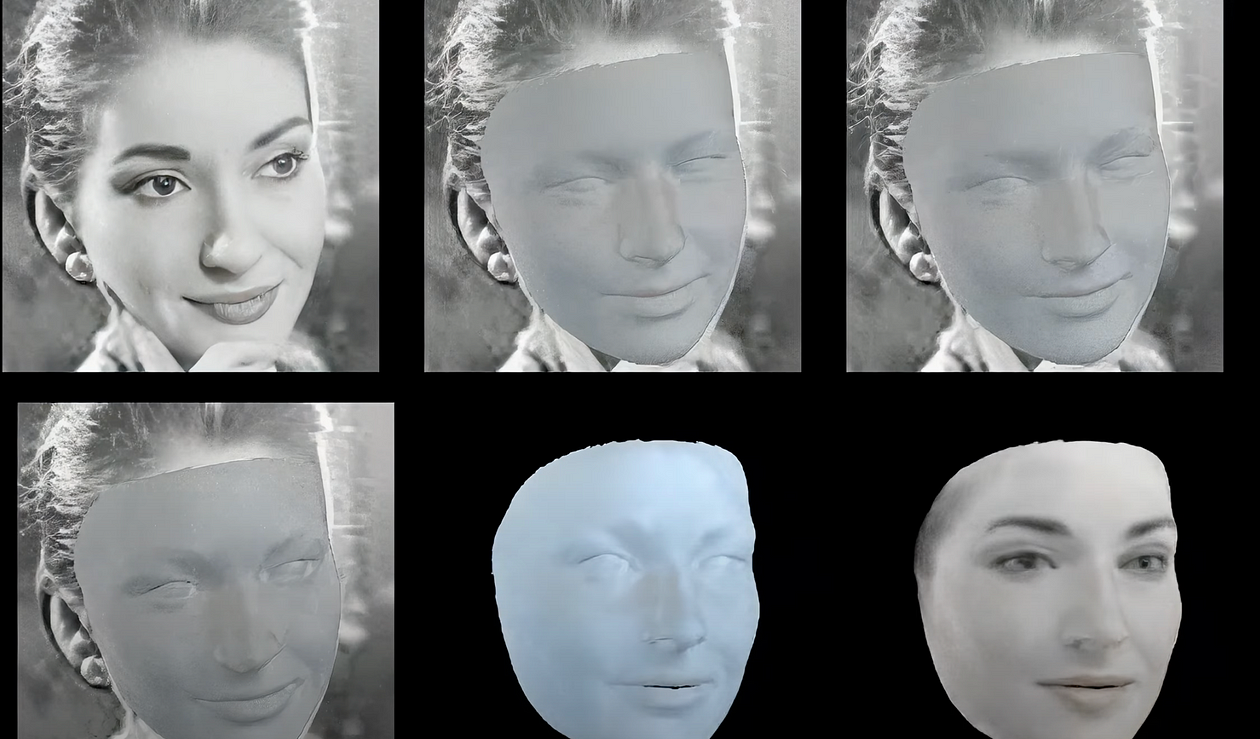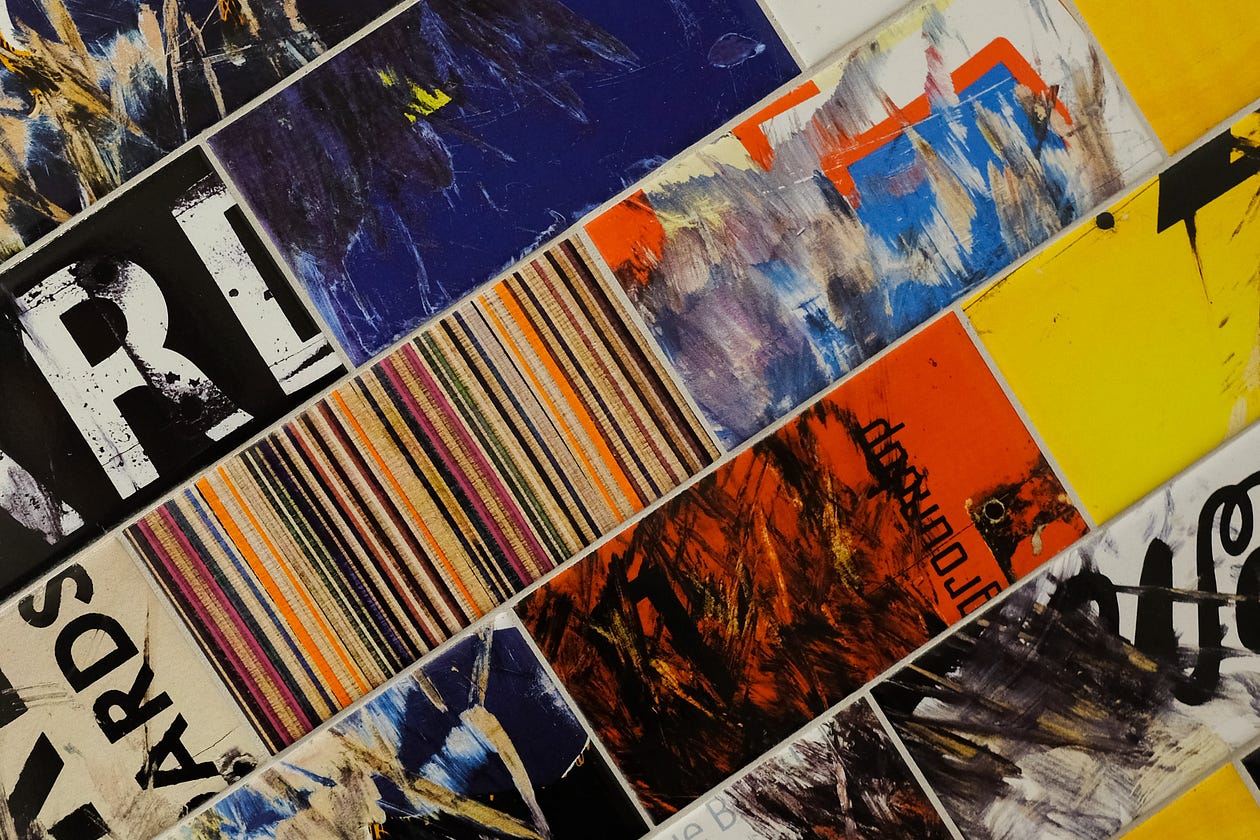Who owns what and your intellectual property rights

At the Colorado State Fair’s art competition in 2022, an AI-generated artwork claimed the top prize. Artist Jason Allen used Midjourney to create the piece which subsequently ignited a huge debate about authenticity, ownership, and copyright.
A lot can happen in a year and what was once thought of as the dirt of humanity, in 2023 generative AI art is as common as photography and an accepted form of art. Or is it? What about the compensation of artists whose work is used for training AI models? Who has the right to ownership of AI-generated images and the creative expression involved in fine-tuning prompts for generative AI?
Generative AI tools like Midjourney and Stable Diffusion can create art by training their AI on data scraped from the internet. Everything is up for grabs, even art and other visual media that automatically has artist copyright. Should artists whose work was used to train these AI models be compensated or at least cited? Working artists rightly believe that their art is being exploited for AI training.
The use of generative AI has raised important debates about artistic ownership and copyright laws. Balancing the interests of artists, AI developers, and end users will be crucial in shaping regulations and guidelines that acknowledge the contributions of artists, and respect copyright laws.
Copyright Law
U.S. copyright law automatically protects artistic work and that copyright can be sold by the artist or he or she can give permission to whoever wants to use the work. Generative AI challenges traditional ideas about authorship. We can draw parallels with the introduction of photography in the 19th century when initially, many dismissed photography as lacking artistic merit but over time it evolved into its own art form. The U.S. Supreme Court ruled in 1884 that photographers should own the photographs they create. On that bases, AI systems, unlike inanimate cameras, cannot hold copyrights and that’s according to the U.S. Copyright Office.
Fair Use
Generative AI relies on training data, which often includes copyrighted artworks collected without the artists’ knowledge or consent. This raises concerns about potential copyright infringement even before the AI generates new works. Artists typically draw inspiration from existing work, but generative AI uses copyrighted source material. However, the concept of fair use comes into play, which allows the unlicensed use of protected works if they are sufficiently changed into something new. For example, artists have constantly recreated paintings and drawings from photographs of celebrities like Elvis and Marilyn Monroe but there’s always a gray area if the inspired art makes a ton of money and the photographer wants a piece of the action.
Government and Businesses Take Action
There is a growing concern that contemporary copyright laws may prioritize end users and companies over the rights of artists whose content is part of the training data. To address this, stock photography provider, Shutterstock has introduced responsible AI generation to its artists so they have the option to opt out of having their work used for generative AI or be compensated for their work if used by other artists.
Generative AI can create articles, essays, papers, and videos. Misinformation has long been a problem, but the emergence of generative AI amplifies its production to unprecedented levels. Nevertheless, this risk can be mitigated. One approach is to implement watermarking on images to identify AI-generated content.
The U.S. Copyright Office has recently released guidance aimed at providing much-needed clarity on the copyright protection of AI-generated works. The document highlights the significance of human authorship and presents the criteria used by the office to evaluate work that contains AI-generated content.
According to the guidance, the Copyright Office will not register works where the creative elements are solely produced by a machine. AI technology determines the expressive aspects of the work, which makes the generated work ineligible for copyright protection.
However, if a work incorporates AI-generated material along with sufficient human authorship, it may still be eligible for copyright protection. Examples of human authorship in these cases include the selection or arrangement of AI-generated content in a creative manner, or when an artist modifies AI-generated material. In such instances, copyright protection only applies to the aspects of the work that were authored by humans.
The guidance also outlines the responsibilities of copyright applicants regarding the disclosure of AI-generated content in their works. It provides instructions on how to submit applications for works that contain AI-generated material and advises on updating previously submitted or pending applications.
In response to this guidance, AI companies are updating their policies. OpenAI, for example, includes in its Terms of Use that users are granted “all right, title and interest in and to Output,” which refers to content generated by the services based on user input. However, OpenAI restricts users from misrepresenting AI-generated output as human-generated.
The good thing about AI is that it presents significant opportunities for the creative industry, despite concerns about job losses. For instance, creators and artists can streamline their workflow and expand their audience reach. Machine learning can alleviate repetitive tasks, predictive learning can enhance storytelling, proper attribution can ensure fair compensation, and AI-driven fan engagement can create novel experiences. As the creative landscape evolves, embracing AI can lead to a more vibrant and prosperous future for both creators and their audiences.
Ginger Liu is the founder of Ginger Media & Entertainment, a Ph.D. Researcher in artificial intelligence and visual arts media — specifically death tech, digital afterlife, AI death and grief practices, AI photography, entertainment, security, and policy, and an author, writer, artist photographer, and filmmaker. Listen to the Podcast — The Digital Afterlife of Grief.







